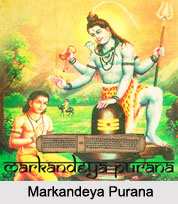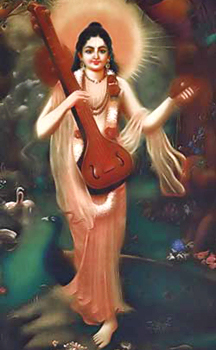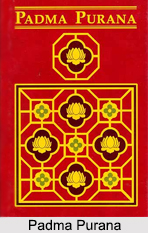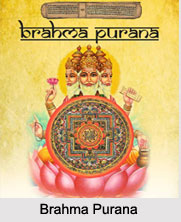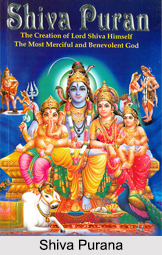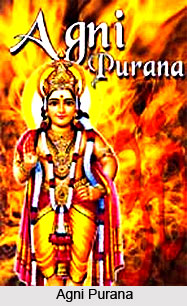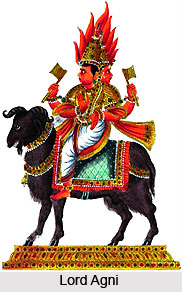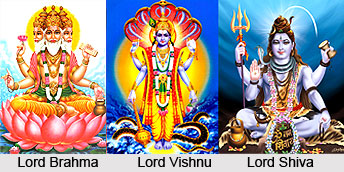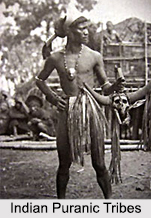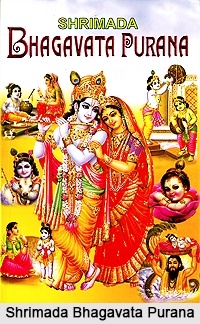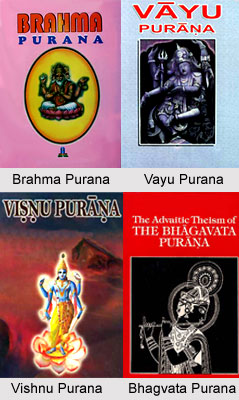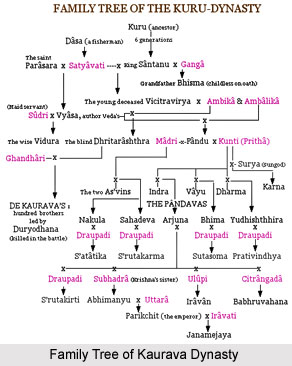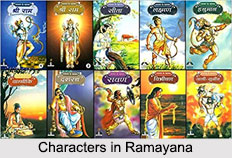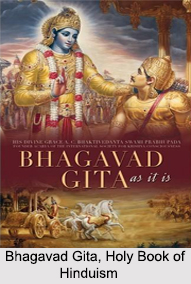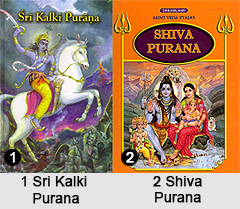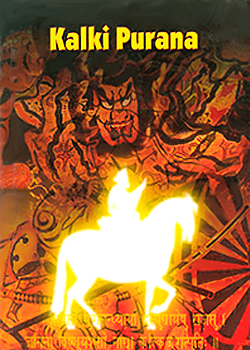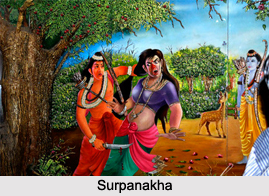Every hymn in the Rig Veda expresses at some point a wish for the good things in life, but some are primarily devoted to a celebration of these things, with relatively little attention to the gods who are supposed to provide them, and in others such worldly concerns eclipse what leaven of theistic devotion remains in them. Several of these hymns are devoted to the waters, the fluid element or Dionysian element that looms large throughout the Rig Veda. The waters give renewal of life and are invoked as goddesses. Water is at the heart of another hymn that combines the profane appreciation of the rains with a satirical fondness for priests.
In the hymns dedicated to Realia it becomes evident that, rather than characterising the ritual world of the Rig Veda as materialistic, one might do better to characterize the non-ritual Vedic world as sacred: religion extends out into every aspect of life, not merely the official religious moments. Thus in the hymns blessings are sought for the warriors` arms and for the gamblers wish to break away from his compulsion, as well as for the benighted traveller in the forest.
An important part of the hymns on Realia have been dedicated to Water. It has been said that waters are one that bring life force to mankind and gives them all kind of nourishment so that a lots of happiness is bestowed upon them. It is also believed that water give mankind life as well as birth. Water also has the capacity to cure all kinds of problems. It also acts as armour for the human body so that mankind is able to see the sun. It is believed that Waters showers splendour on all human kind.
It has been asked in the hymns dedicated to Realia that water are goddess and hence has the power to help the entire mankind.
The Rig Vedic hymns dedicated to Realia also include hymns dedicated to frogs. The unusual hymn moves on two parallel but sharply contrasting levels: as a naturalistic poem, it describes the frogs those are rejuvenated when the season of rains comes; as a sacerdotal hymn, it describes the Brahmin who begins to chant at the start of the rains. The point of comparison is the voice, a sacred and creative force throughout the Rig Veda. But although the mood of the hymn is indeed `cheerful, it is unlikely that the Rig Veda would contain material in actual criticism of priests in general. On the other hand, it may well be satirizing some priests. Every verse in the hymn dedicated to the frogs applies simultaneously to both frogs and Brahmins and is an apt example of most elaborate and a playful pun. It is also believed that frogs give riches to mankind and also gives blessings to the worshippers.
Another hymn which forms an integral part of hymns dedicated to Realia is a hymn dedicated to Soma. The hymn is a humorous, ironic, and worldly one, whose straightforward message seems to be that all human beings are after the same thing: wealth. This thought recurs in more lofty tones throughout the Rig Veda. The hymn is loosely linked to Soma through the refrain; it may be a work-song, to be sung during the pressing of the Soma. The hymn is quite delivering.
The hymn dedicated to arms is a benediction that the royal chaplain would recite over the arms of the king before a military expedition or to bless the warriors protecting the consecrated stallion in the horse sacrifice. Each item in the arsenal is described separately and praised.
In the anthology of hymns dedicated to Realia, there is a hymn which has been dedicated to the dice. Tradition regards dice as the divinity to which this hymn is addressed, for the dice has been praised in it, though they are also reviled: this is a monologue in which a gambler wrestles with his compulsive attraction to the dice. This is basically a secular hymn one must bear in mind the religious significance of dice-playing in ancient India: the essential role played by the dice-game in the royal ceremony of consecration and the use of throws of the dice to represent the four Ages (or Yugas). Moreover, the hymn ends with a vow of repentance and a `firm purpose of amendment` that express a fervent religious faith.

